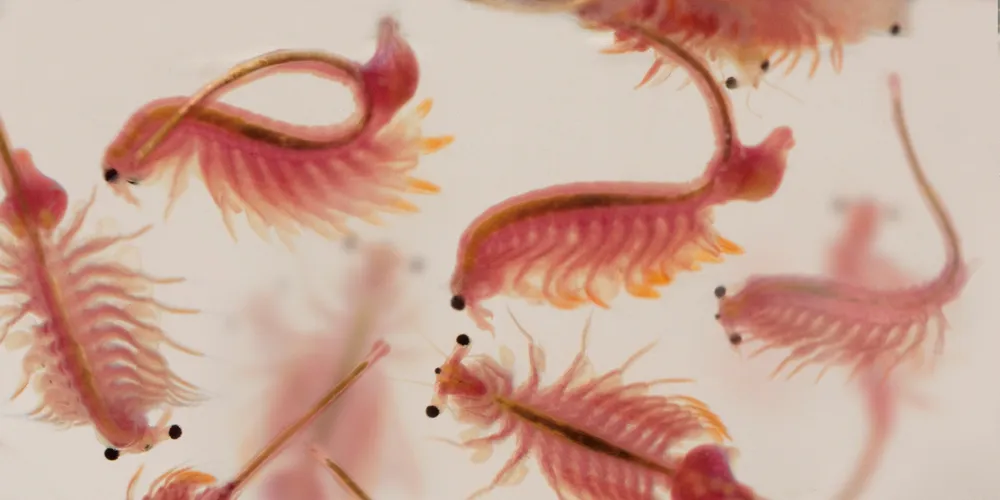Zooplankton Week Part 1: Your guide to hatchery larval feed
In part one of our five part sponsored content series, Reed Mariculture gives you the insider's lowdown on what makes a good hatchery larval feed.

In part one of our five part sponsored content series, Reed Mariculture gives you the insider's lowdown on what makes a good hatchery larval feed.
